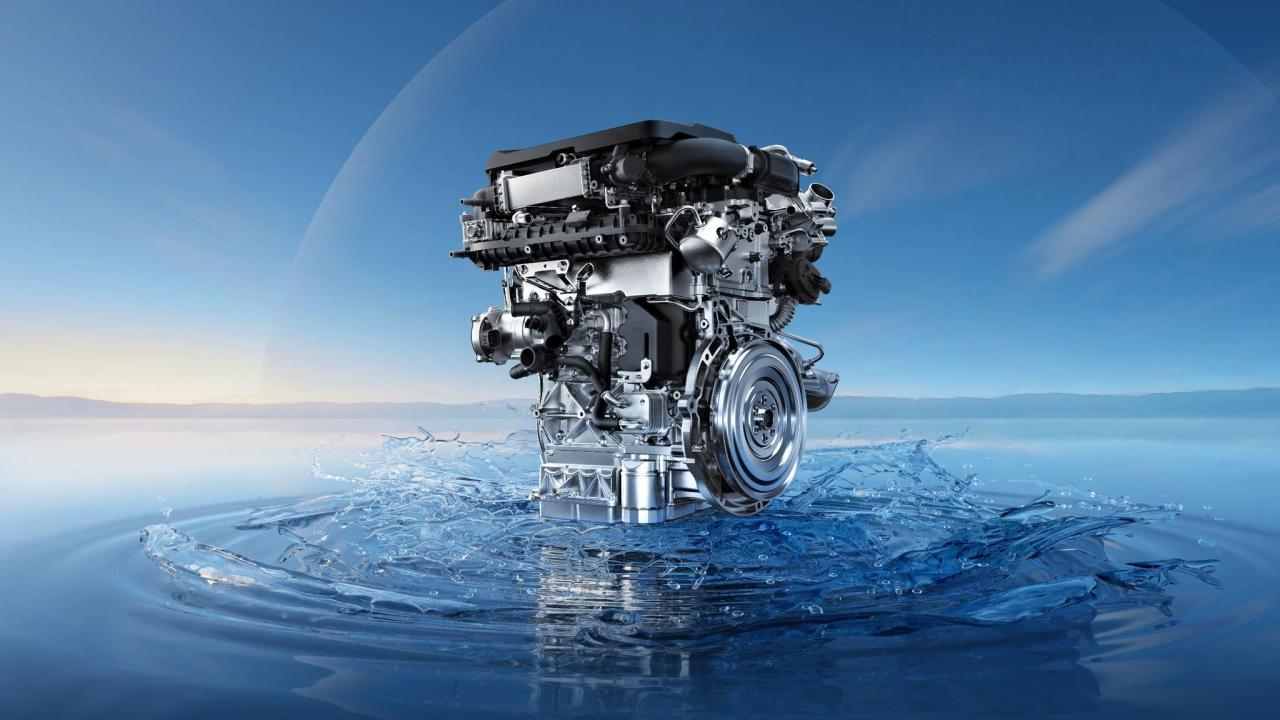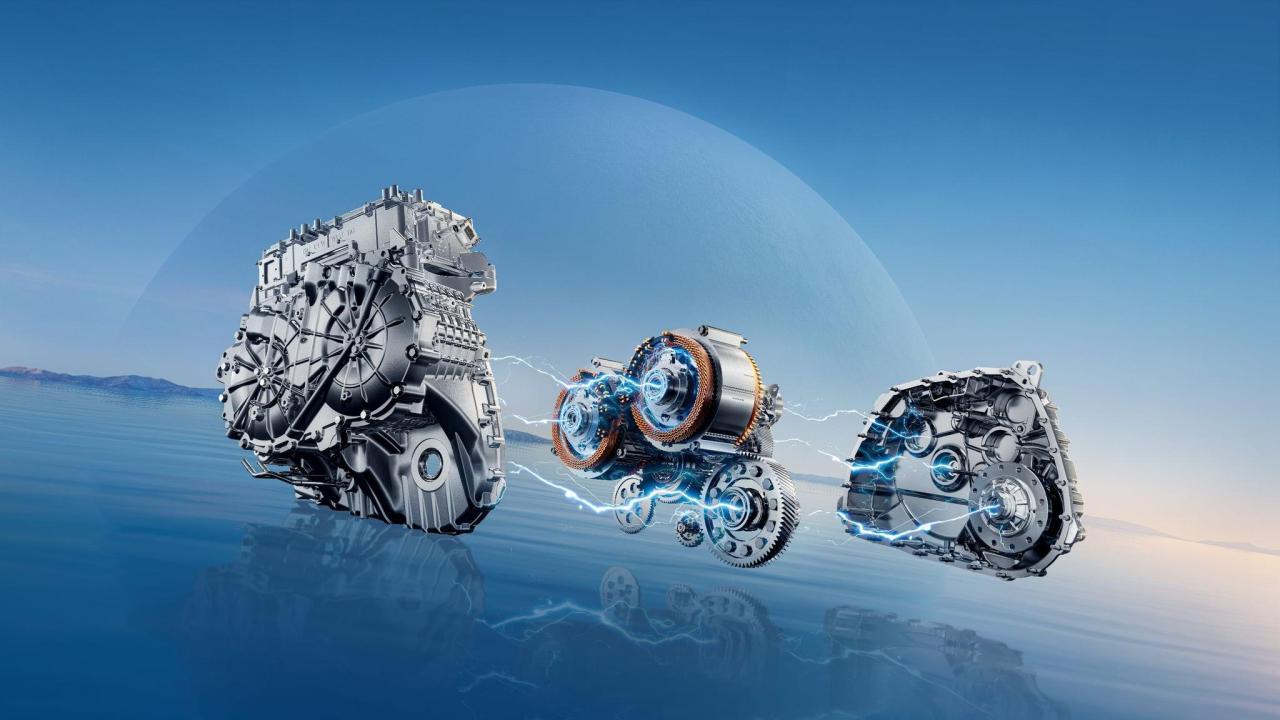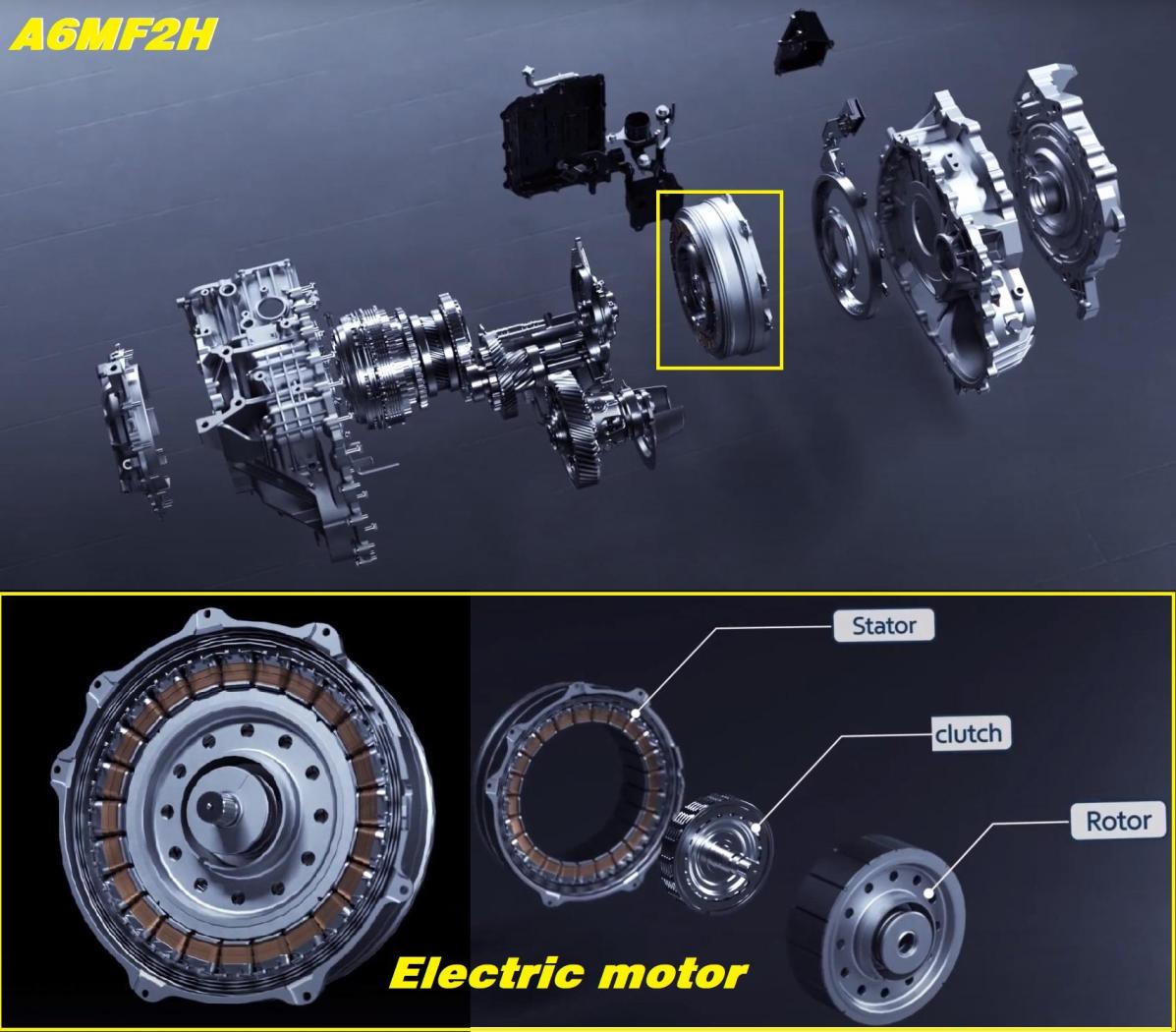
Tutti i contenuti di J-Gian
- Kia Stonic facelift 2026 (Spy)
-
Volvo EX60 2025 - Prj. V436 (Spy)
Chissà se questa volta riusciranno a mettere nel touchscreen anche i pulsanti degli alzavetro ed il devioluci... 😜😜😜
- Chery/Omoda/Jeacoo - 3DHT: trasmissione ibrido serie/parallelo multi-frizione
-
Chery/Omoda/Jeacoo - 3DHT: trasmissione ibrido serie/parallelo multi-frizione
Vedo che, a listino, un cambio automatico come ricambio costa tra i 10.000 ed i 15.000 euro. A conti fatti, quasi nessuno arriva a spendere quelle cifre, perché li si revisiona. Quindi, a seconda dell'auto, in media si va tra i 5.000 ed i 7.000 euro per il lavoro completo, con manodopera. Il punto è che, per ora, questi mezzi non li conosce nessuno. Speriamo che per lo scadere della garanzia, qualcuno impari a metterci mano e che venga fornita l'opportuna ricambistica.
- Chery/Omoda/Jeacoo - 3DHT: trasmissione ibrido serie/parallelo multi-frizione
- Omoda 9 SHS 2025
-
Chery/Omoda/Jeacoo - 3DHT: trasmissione ibrido serie/parallelo multi-frizione
Finalmente qualche dettaglio in più circa l'interessante sistema ibrido adottato dal gruppo Chery Grazie a km77 ed al traduttore automatico, vi "sbatto" qui quanto riportato dalla testata: I tre motori elettrici sono alimentati da una batteria LFP da 34,46 kWh prodotta dallo specialista CATL. Supporta la ricarica in corrente alternata a 6,6 kW e anche la ricarica in corrente continua a un massimo di 65 kW (dal 30 all'80% in 25 minuti). L'Omoda 9 ha un'autonomia di 145 km in modalità elettrica. Quando tutti e quattro i motori sono in funzione contemporaneamente, l'accelerazione da 0 a 100 km/h avviene in 4,9 secondi. Omoda chiama la trasmissione 3DHT. È composto da un cambio a tre velocità (G1, G3 e G3) e tre frizioni (C1, C2 e C3). Il sistema di propulsione 3DHT è costituito da due motori elettrici (EM1 ed EM2 rispettivamente da 102 e 129 CV, senza contare un terzo sull'asse posteriore, di cui parleremo più avanti) e da un motore a combustione interna da 143 CV. La prima frizione, C1, serve esclusivamente per collegare e scollegare l'EM1. Grazie a ciò, questo motore può funzionare senza trascinare il motore a combustione. Le altre due, C1 e C2, sono essenzialmente un sistema doppia frizione a bagno d'olio. L'Omoda 9 può essere mossa tramite l'azione dei motori elettrici (uno o due, a seconda dei casi), del motore a combustione o di tutti i suddetti. In totale ci sono 11 possibili modalità di funzionamento (non marce o rapporti, che sono diversi). Ci sono tre modalità in cui intervengono solo gli elettrici; altri tre in cui interviene il solo il motore a combustione interna; le restanti cinque modalità sono una combinazione di quanto sopra. Omoda fornisce diversi esempi che riguardano il funzionamento questo sistema ibrido in vari scenari di vita reale: Durante la guida nel traffico, il sistema funziona in modalità elettrica con un solo motore. Nella guida urbana a bassa velocità, il sistema ibrido funziona in serie (il motore a combustione viene utilizzato per generare elettricità). Quando è necessario accelerare per effettuare un sorpasso, il sistema passa alla trazione parallela del motore a combustione e del motore elettrico. Durante l'accelerazione da fermo, entrambi i motori elettrici funzionano contemporaneamente. Viaggiando a bassa velocità, passa alla modalità di ricarica, con il motore a combustione che alimenta i motori elettrici. Nei lunghi viaggi in autostrada, il motore a combustione interna viene azionato direttamente, ma per il cambio marcia può essere utilizzato un motore elettrico. Durante la frenata a bassa velocità, uno dei motori elettrici passa alla modalità generatore per recuperare energia. All'asse posteriore, invece, è presente un motore elettrico (238 CV) che interviene in diverse circostanze: quando l'asse anteriore perde aderenza, o quando il conducente richiede un'accelerazione decisa, o quando viene attivata la modalità di guida Off-Road.
-
Kia Sportage Facelift 2025
Sì, non dovrebbero esserci variazioni nella tipologia di trasmissione ibrida, eccetto per il motore elettrico, ora più potente. Per il resto, direi che in Kia abbiano fatto un valido lavoro: esteticamente migliora; dettagli come l'odioso nero lucido è finalmente sparito dall'abitacolo; il sistema multimediale offre collegamenti wireless; la gamma motori è completissima e migliorata. Ah, hanno anche una valida estensione della garanzia convenzionale. L'unico freno potrebbe essere il prezzo.
- Honda Civic e:HEV 2022
- Toyota RAV4 VI 2025
- [KOR/USA] Hyundai Palisade II 2025
- [CHN] Toyota bZ7 2025
- Subaru Solterra Facelift 2025
-
Mazda CX6-e/EZ-60 2025 (Spy)
E' veramente un bestione... Però è interessante, a mio avviso.
- Honda Civic e:HEV 2022
-
Regolazione frizione idraulica Kia Stonic
Effettivamente ti hanno cambiato anche il volano, anche se è un monomassa (un po' particolre...), evidentemente fa parte delle direttive della casa. Il guaio che hai circa l'azionamento è strano, in quanto non ti dovrebbero aver toccato nulla della parte idraulica che la aziona (non vedo né pompa frizione, né cilindretto ricevitore idraulico esterno al cambio). Non so proprio dirti cosa possa essere successo, ma se l'auto è sensibilmente cambiata rispetto a prima, di sicuro c'è qualcosa che non va bene...
- Honda Civic e:HEV 2022
-
Guarnizione radiatore olio Opel Mokka Introvabile
Qualcosa mi dice che si tratta di una Mokka 1.6 benzina, con sistema di lubrificazione UFI 😅
- Lexus UX M.Y. 2024
- Genesis X Gran Coupe & X Gran Convertible Concept 2025
-
Honda Civic e:HEV 2022
Non ho una risposta per il tuo caso, ma giusto a titolo d'esempio, sulle Toyota di una generazione fa, se spegni l'auto e la temperatura motore scende sotto i 40 °C, il processo si ripete. Quindi accendi nuovamente l'auto (Ready) e l'endotermico si accende protrando la temperatura del liquido di raffreddamento a 40 °C. Ma se il motore endotermico ha già raggiunto una temperatura compresa tra i 40 ed i 65 °C, se spegni e riaccendi l'auto, l'endotermico rimarrà acceso per tentare di riportare la temperatura del liquido di raffreddamento ai 65 °C. Ora, sicuramente ci saranno delle differenze nel caso della vostra Honda, ma potrebbe essere abbia anch'essa delle ulteriori fasi di funzionamento.
-
Renault 5 Turbo 3E 2025
Comunque, sono abbastanza sorpreso della scelta "motori nelle ruote". Ok, ottimo per averla TP e con motori separati (torque vectoring, ecc.), ma quanto a masse non sospese? 😅 Ok, l'ingegneria è frutto di compromessi, una coperta da spostare a seconda delle priorità, ma mi sembra questa sia la prima applicazione del genere su una vettura sportiva. Curioso di sentire le impressioni di guida da parte di chi avrà la fortuna di provarla. Estratti da: https://youtu.be/jOo-nuXaWI4?si=L4rAMrAAQ6s6Glfa&t=349
- Alfa Romeo Stelvio II 2025 - Prj. 951/A5U (Spy da pag.59 e Leak da pag.97)
-
Collegamento dashcam Toyota C-HR Hybrid
Di solito in abitacolo c'è una fusibiliera da cui è potenzialmente possibile prelevare l'alimentazione 12 V (sempre attiva, o un sotto chiave), mediante un falso fusibile. Tuttavia, per individuare la fusibiliera e lo spazio a cui connetterti, dovresti consultare il manuale del veicolo, facendo molta attenzione poi. Comunque sia, prova a cercare su Youtube, almeno per farti un'idea di cosa serva fare, o se sia troppo uno sbatti e lasciare fare ad un elettrauto.
- Omoda 9 SHS 2025





![Alfa Romeo Hug [Trolling Mode]](https://www.autopareri.com/uploads/reactions/Alfaromeocare.png.50be1dd8d7c15ba4fec8098a15bfa18a.png)











